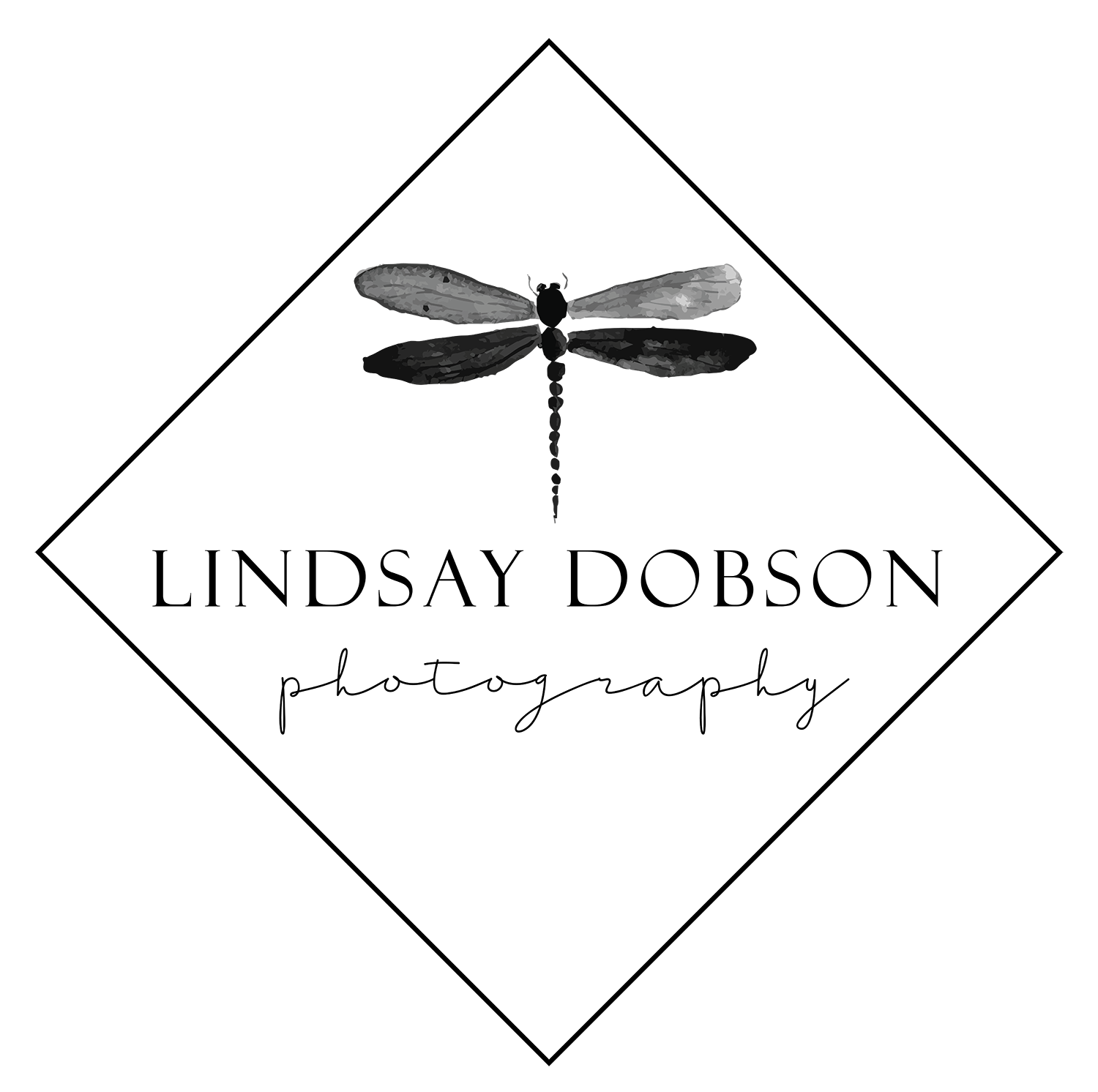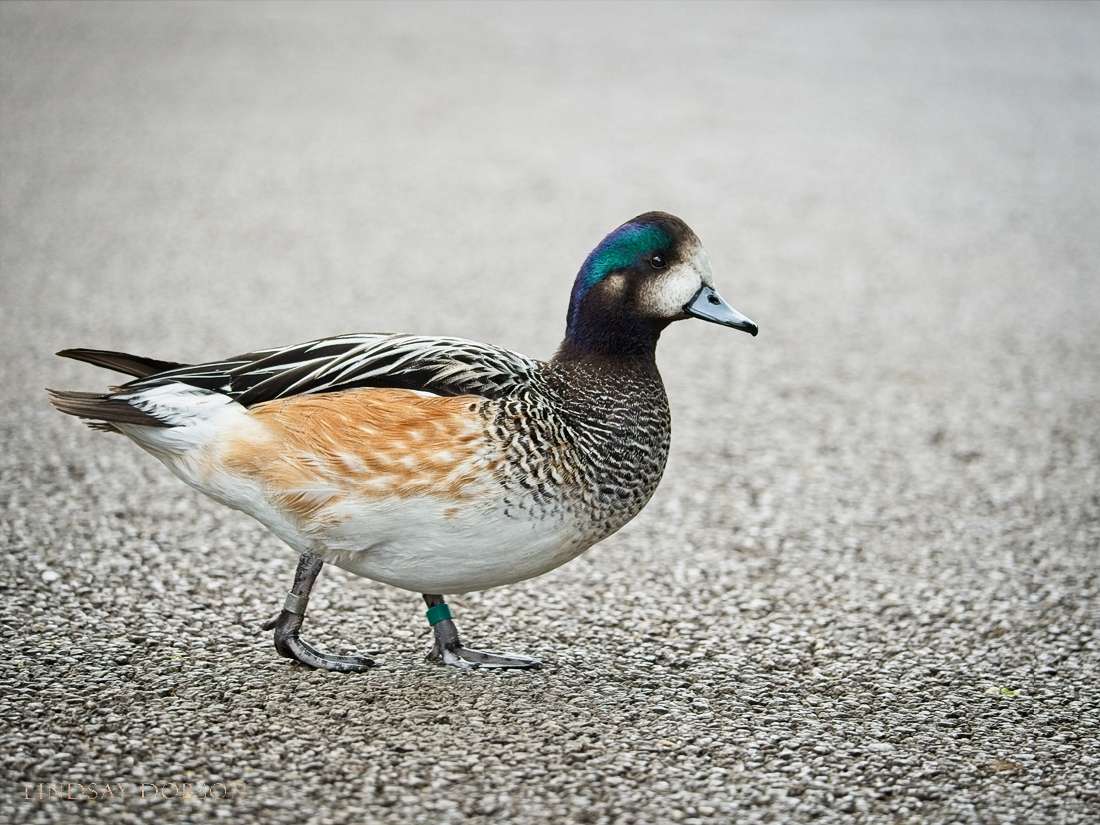Bird Photography at Arundel Wetlands Centre in West Sussex | Goose Chicks
One of the most important things I try to instil in my students is the need for practice. After all, if you wanted to be a cook you wouldn’t spend your time simply reading recipe books, would you? No, you’d need to actually make some food (which is precisely why I’m lousy in the kitchen). You have to get the ingredients right, then the timing and execution needs to be efficient, and finally the presentation can make or break the end product. Photography is the same. It’s one thing understanding the technicalities and the principles of composition, but if we’re not out there doing it then we won’t learn to think and act intuitively. Nor will we have an end result with which to measure our progress.
When my students have been through a process of learning or refining the areas they need to improve on, we’ll often head out to somewhere scenic. Practice locations don’t have to be anything fancy like an African safari or a trip to the mountains of Scotland. Wild animals and birds can be found in a variety of locations and habitats, and pretty much all of my animal photographs have been gathered within an hour of my home. If you’ve equipped yourself with the necessary skills then there is no reason at all why you can’t gain strong images absolutely anywhere.
Very often the places I suggest are the same places I like to go to if I have a couple of hours to myself. One of my favourite spots for some much needed downtime is the Wetlands Centre at Arundel in West Sussex. I’ve been a member for years and it’s a fantastic place for recreational bird and wildlife photography. By recommending familiar places a student can see the kind of photographs I’ve taken there. And best of all, I won’t need to listen to the old mantra which goes along like this ‘I went but there was nothing to photograph’. We’ve all had that feeling. It happens mostly when we’re struggling to think straight because we feel that there are so many different things to consider for each picture. We end up in gridlock, coming away frustrated with our efforts. But if you can learn a simple technical and creative system, then everything will start to fall into place.
Like a lot of people with aches and pains, my outings are made so much easier by using smaller cameras and lenses. For this outing I paired an Olympus EM5 MkII with the venerable Panasonic Leica 100-400. Or I could have used the Olympus 40-150 f2.8 and teleconverter MC14. If you’re on a budget the other option is the excellent little Oly 40-150 f4-f5.6R lens – dirt cheap and optically fantastic. A lightweight option for Canon APS-C users is the small, light and cheap Canon EF-S 55-250 STM (the latest one).
It’s the breeding season at the moment for many kinds of waterfowl, which means there are plenty of gorgeous chicks to admire. At this stage the chicks are fearless and curious, and will often run towards you. Just be aware there may be a parent nearby so it’s best to keep any noise and distractions to a minimum to avoid disturbing nesting birds. And watch where you’re treading!


















